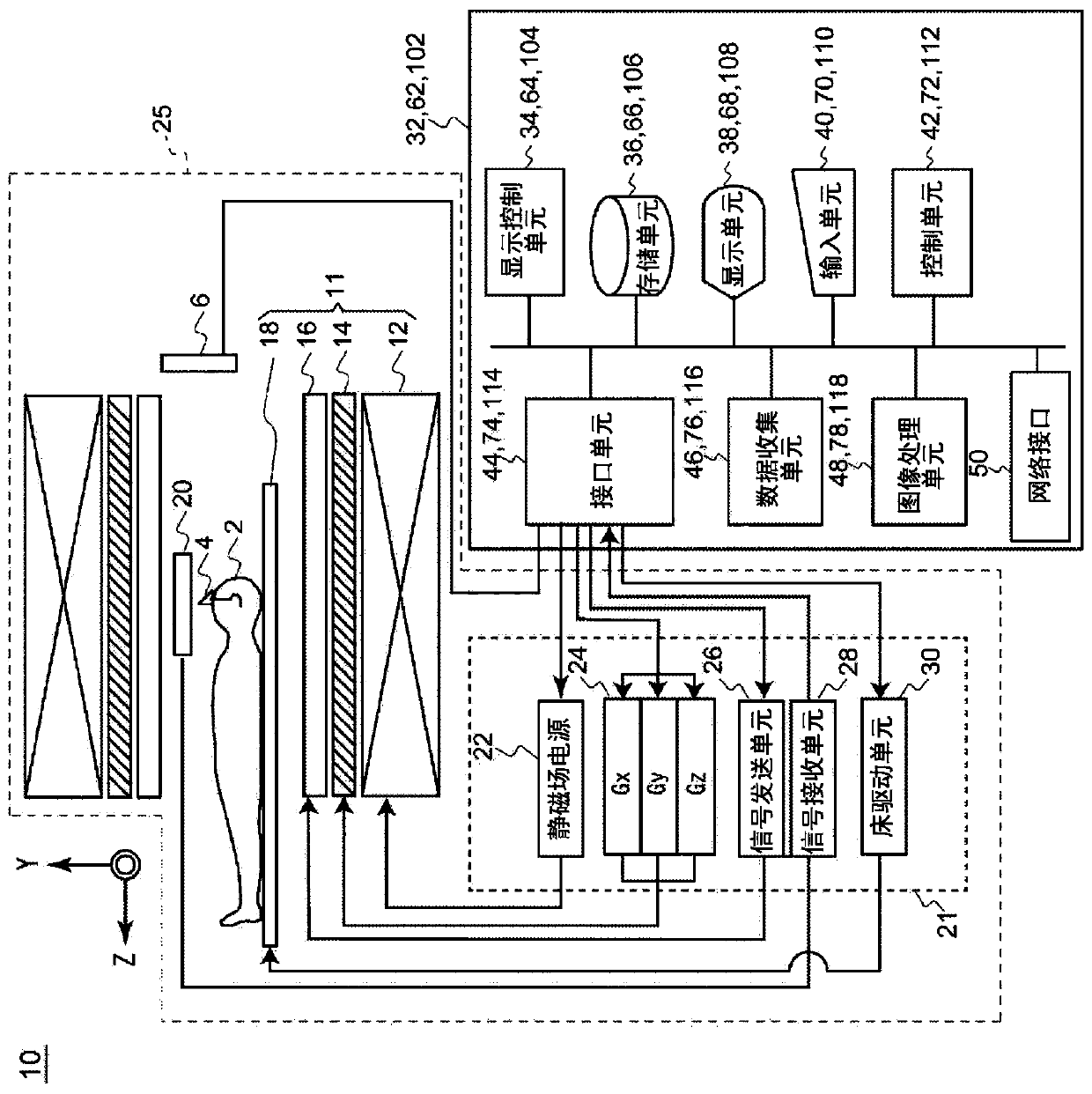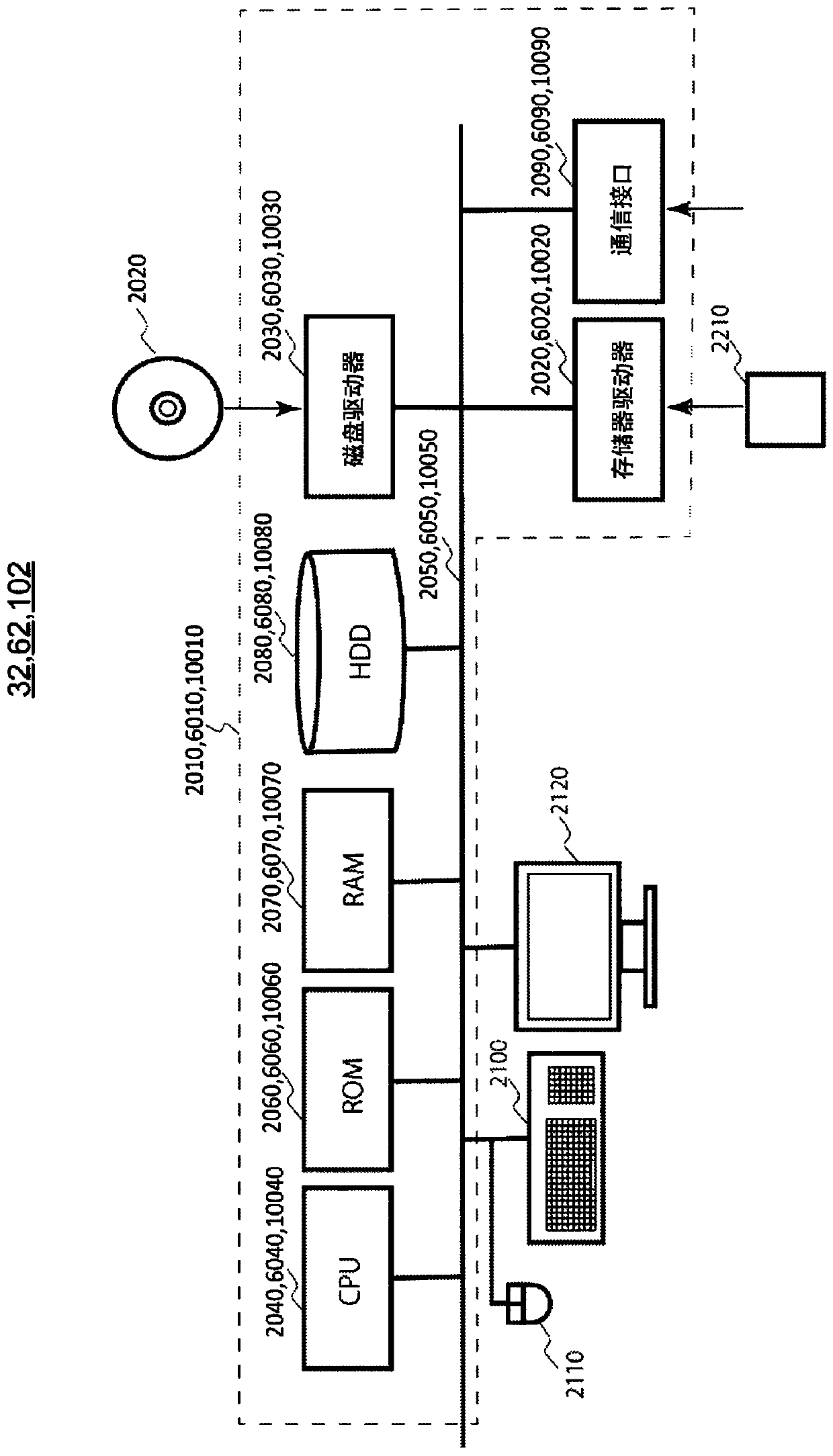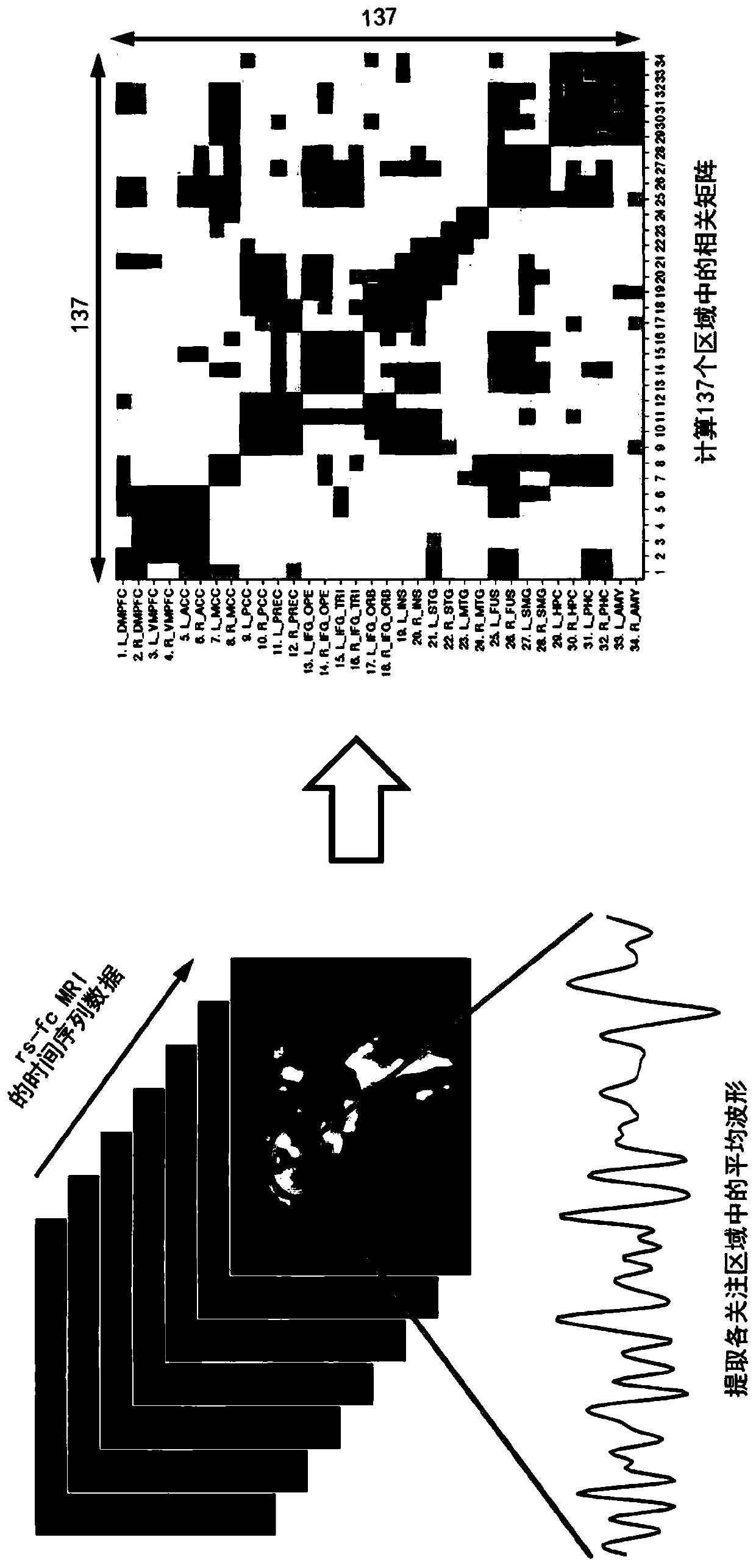Differentiation device, differentiation method for depression symptoms, determination method for level of depression symptoms, stratification method for depression patients, determination method for effects of treatment of depression symptoms, and brain activity training device
A technology for distinguishing devices and brain activities, which can be used in diagnosis, psychotherapy, image analysis, etc., and can solve problems such as insufficient consideration of functional connections
- Summary
- Abstract
- Description
- Claims
- Application Information
AI Technical Summary
Problems solved by technology
Method used
Image
Examples
Embodiment 1
[0600] II. Example 1: Selection of 12 pairs of functional connectivity for classification of melancholic MDD
[0601] To select the 12 pairs of functional connectivity for the classification of depressive MDD, the rs-fMRI data of 66 depressive MDD patients and 66 healthy individuals shown in Table 1a were used. Selected for classifying the melancholic MDD group based on the procedure described in this embodiment, according to the method for creating a classifier for classifying autism disorder (ASD) as reported by Yahata et al. above. functional connections.
[0602] The system uses sparse canonical correlation analysis (L1-SCCA) with L1 regularization and sparse logistic regression (SLR). SLR is not used to classify MDD, but has the ability to train logistic regression models while pruning individual functional connections in an objective manner. Before training via SLR, a certain amount of input is reduced by L1-SCCA, while reducing the impact of redundant variables (NV) t...
Embodiment 2
[0620] III. Example 2: Application of the Classifier of the Invention to the Non-Melancholic MDD Group and the Whole MDD Group
[0621] Figure 27 c shows the data that the classifier of the present invention was created by using the entire MDD group, the melancholic MDD group and the non-melancholic MDD group each as training data (vertical direction), and using each group as test data (horizontal direction) to consider the accuracy obtained. As a result of LOOCV, for example, the classifier generated from the melancholic MDD panel had an accuracy of 54% for non-melancholic MDD (sensitivity: 42%, specificity: 67%, AUC: 0.65). The accuracy of LOOCV for the entire MDD group was 66% (sensitivity: 58%, specificity: 74%, AUC: 0.74).
[0622] The results show the fact that the classifier trained on the entire MDD group has lower classification accuracy than the classifier trained on the melancholic MDD group or the classifier trained on the melancholic MDD group. Furthermore, th...
Embodiment 3
[0624] IV. Example 3: Evaluation of Severity of Depression Using WLS Score and Evaluation of Treatment Effect
[0625] The correlation between BD scores and WLS scores was checked to investigate whether WLS scores are associated with depression severity. Such as Figure 31 As shown in a, when calculating the correlation between BDI score and WLS score for the group including the whole MDD group and the healthy control group, a value of r=0.655 and a value of p=0.001 in the permutation test were obtained at n=186 value, which indicates that the two scores are related to each other. Furthermore, when focusing only on the entire MDD group ( Figure 31 For b), a value of r = 0.188 and a value of p = 0.046 in the permutation test were obtained at n = 93, indicating that these two scores are relatively correlated with each other.
[0626] Next, it was considered whether the effect of escitalopram, which is a selective serotonin reuptake inhibitor (SSRI), can be evaluated by the W...
PUM
 Login to View More
Login to View More Abstract
Description
Claims
Application Information
 Login to View More
Login to View More - R&D
- Intellectual Property
- Life Sciences
- Materials
- Tech Scout
- Unparalleled Data Quality
- Higher Quality Content
- 60% Fewer Hallucinations
Browse by: Latest US Patents, China's latest patents, Technical Efficacy Thesaurus, Application Domain, Technology Topic, Popular Technical Reports.
© 2025 PatSnap. All rights reserved.Legal|Privacy policy|Modern Slavery Act Transparency Statement|Sitemap|About US| Contact US: help@patsnap.com



